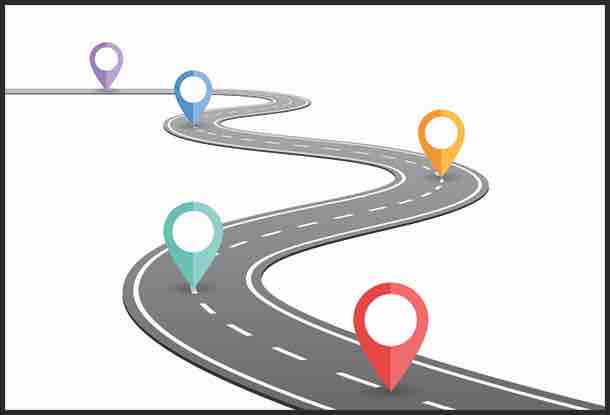The Historical Evolution of Project-Based Learning

Project-Based Learning (PBL) is not a recent educational trend; its roots are deeply woven into the fabric of progressive education. This journey through time highlights the milestones and evolutionary strides of PBL, painting a picture of its rich history and its unwavering commitment to reforming educational practices.
From Philosophy to Practice: The Emergence of PBL
The origin of PBL can be traced back to the early 20th century, with educational reformers like John Dewey, who championed the idea of ‘learning by doing.’ Dewey’s philosophy underscored the importance of experiential learning, a cornerstone of what PBL stands for today. As we navigate through decades, PBL’s landscape is filled with significant advancements, from the Harkness Table method introduced in the 1930s to the headway made during the Sputnik era, where the need for improved science education brought PBL into sharper focus.
The PBL Renaissance: A Revival in Educational Thought
Miriam, the CEO and Founder of Project Pals, describes the late 20th century as a ‘Renaissance’ for PBL. The proliferation of technology and the shift towards a knowledge-based economy provided fertile ground for PBL to flourish. Educators began to see the value in a curriculum that was adaptable, reflective of the real world, and responsive to the diverse needs of learners. PBL evolved from a niche educational strategy to a global movement, promoting critical thinking and problem-solving skills.
Bridging Theories and Time: PBL’s Continuous Development
Delving into the philosophy and science behind PBL, we understand that the evolution of PBL is anchored in robust educational research and theories. Cognitive science research in the latter part of the 20th century and the advent of the constructivist theory provided empirical support, propelling PBL from the fringes to mainstream pedagogy. This era also saw the crystallization of PBL’s key components, as the structure of PBL became more formalized.
PBL Today: A Pedagogical Giant in the Digital Age
In the digital age, PBL has adapted to embrace new technologies, addressing the diverse and dynamic challenges of the 21st century. Digital tools have transformed the ways in which PBL is implemented, allowing for greater collaboration, accessibility, and innovation. The digital revolution has also been pivotal in democratizing PBL, making it a viable and scalable option across diverse educational landscapes.
Looking Back to Move Forward: The Enduring Legacy of PBL
The history of PBL is a testament to education’s capacity for change and adaptation. It reminds us that the principles of active learning, student agency, and real-world application have always been vital components of effective teaching. As we consider the Future of PBL, it’s clear that the past has laid a solid foundation for further innovation and evolution in learning methodologies.
Join us at Project Pals as we honor the past and forge the future of Project-Based Learning. Discover our comprehensive resources, lesson plans, and consultative insights, all designed to empower educators and administrators in integrating PBL into the fabric of modern education.